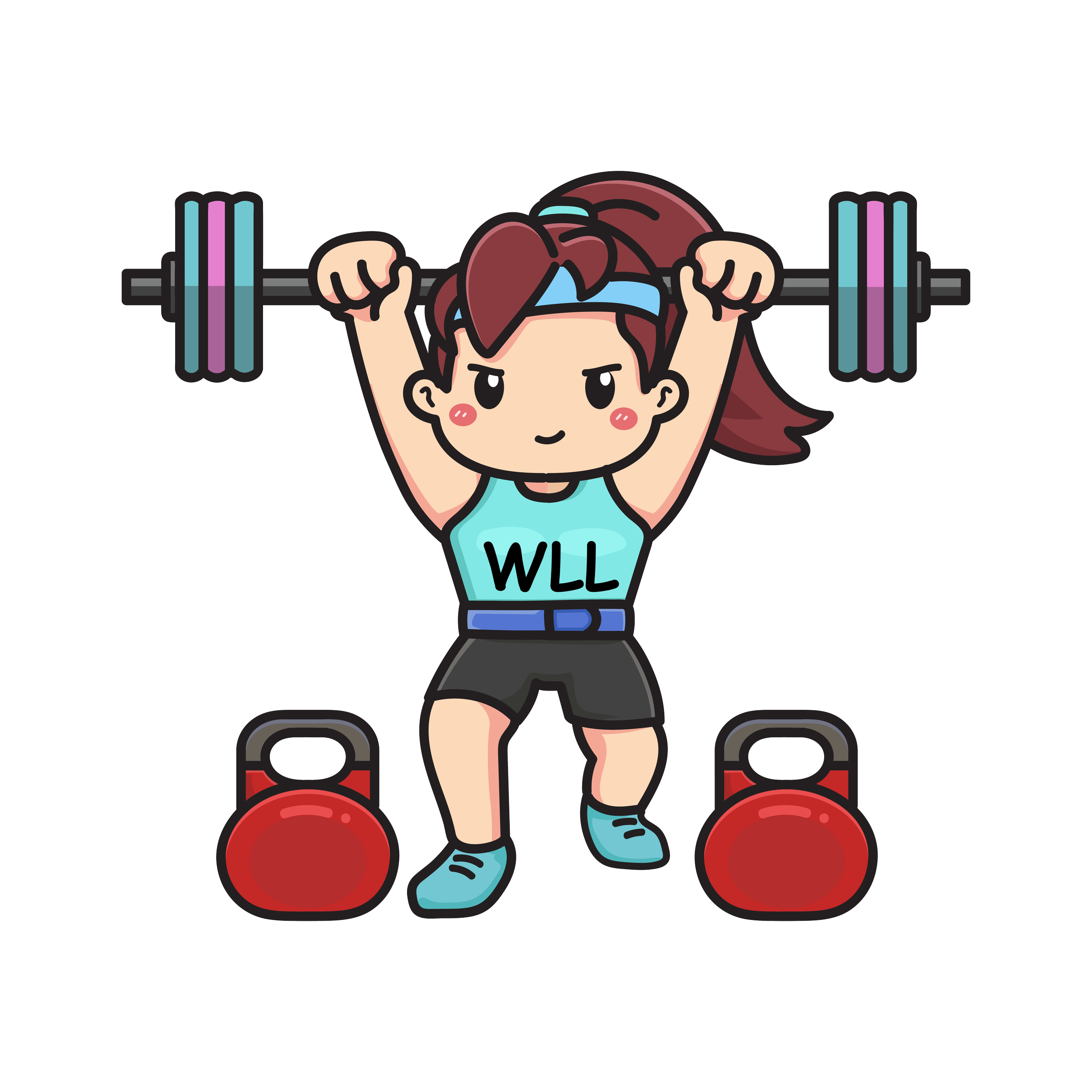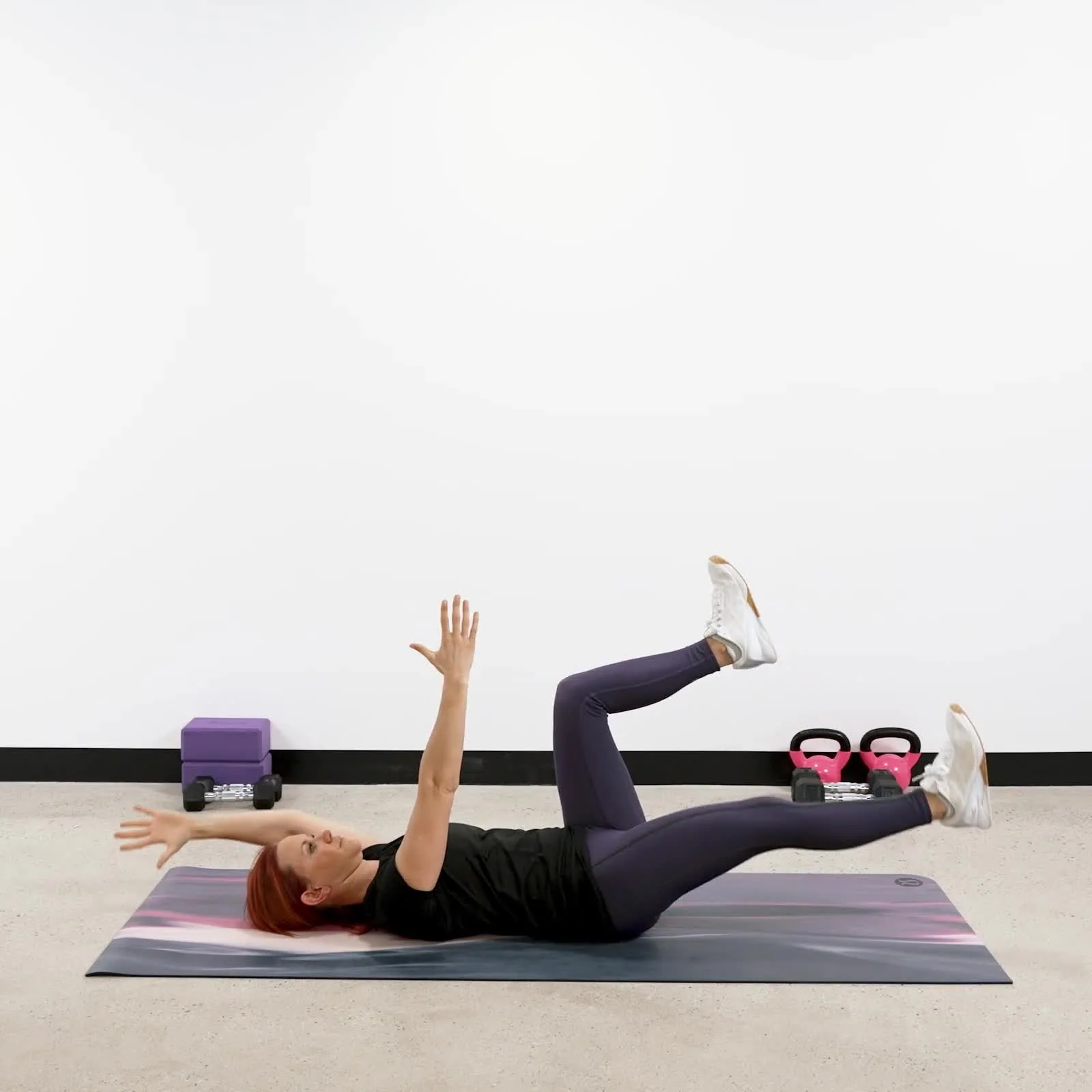Hip Pain: The Untold Story of the Labrum
If you’ve ever had hip pain, you know that it can make daily activities like walking for standing up from a chair quite difficult. There are several potential causes for hip pain but a common cause is a torn labrum.
What is a labrum?
The labrum is a ring of tough tissue that lines the acetabulum (hip socket) and acts as both a cushion and a stabilizer. The hip is a true ball and socket joint. It acts upon the femoral head (ball) to create a ‘suction cup’ type seal on the acetabulum. This suction action is so strong that you could cut away all the muscle, tendons, and ligaments that surround the femur and the hip socket and the femur would still remain in place without any further support.
What is a hip labral tear?
A tear occurs when the labrum detaches itself from the rim of the hip socket. They are more common in women than men. When the labrum tears, it can cause pain and hip instability. It also increases the risk of developing osteoarthritis of the hip, which is a painful condition.
The hip instability that occurs with a tear can reduce the labrum’s capacity to absorb tension, which limits how much fluid is maintained within the joint. This can increase stress on the cartilage that lines the femoral head and hip socket, thus increasing the risk for developing osteoarthritis.
What causes a hip labral tear?
Traumatic injuries: Car accidents or falls can cause a dislocation, which often results in a tear.
Degeneration of the joint: Lack of movement or an injury left untreated can accelerate the degradation of the joint. Joints require movement to stay healthy and lack of movement can cause unnecessary and uneven tension on the hip. Paired with limited joint mobility, the risk of a tear increase substantially.
Abnormally shaped bones: Hip dysplasia is common among women. This occurs when the acetabulum does not fully cover the femoral head, which results in instability due to ease of a dislocation. Over time, this can lead to a tear.
What are the symptoms?
Pain in the groin or front of the hip is a classic sign. Standing, walking, and even running can worsen the pain. Pain can also manifest in the glutes, thighs, and knees. Other signs include a clicking at the hip or significant instability.
How is a hip labral tear treated?
There are surgical and non-surgical treatment options for a torn labrum. The labrum can be repaired and/or rebuilt. Other options include physical therapy as well as exercise.
Surgical treatment includes reconstruction, reduction, or a repair. Repair includes an anchor and suture to reattached the labrum. Reconstruction or reduction includes adding tissue from other parts of the body to create a new labrum or slighly removing tissue if it helps with proper alignment.
Non-surgical treatment includes physical therapy or corrective exercise. Exercise is used to strengthen the tissues around the hip as well as the glutes, hamstrings, and quadriceps, which help anchor the hip.
How can Women’s Lift Lab help?
We offer private and group training sessions onsite as well as a virtual program. Our programming is hip dominant and does focus on strength, mobility, and joint conditioning. Following the program on a consistent basis can result in positive outcomes and a decrease in pain if you do have a tear. Furthermore, if you are looking to prevent a tear, the same programming can be used to bulletproof those hips!




